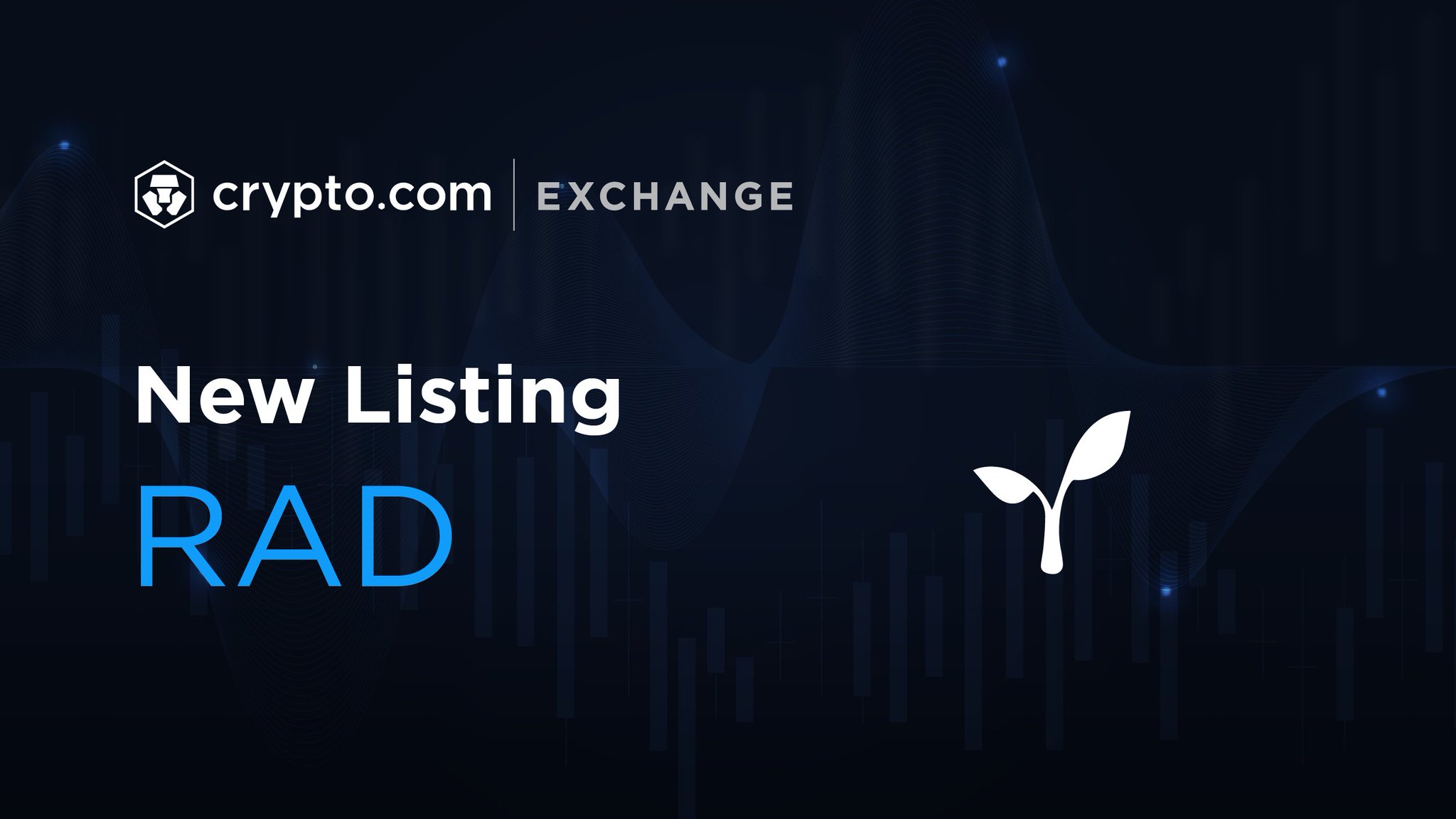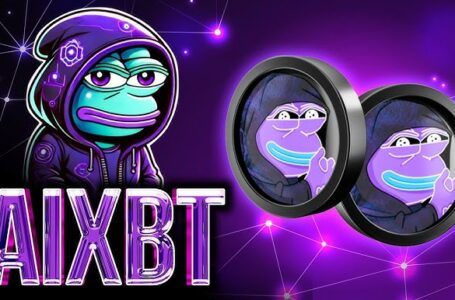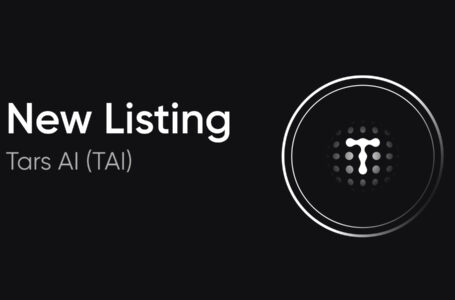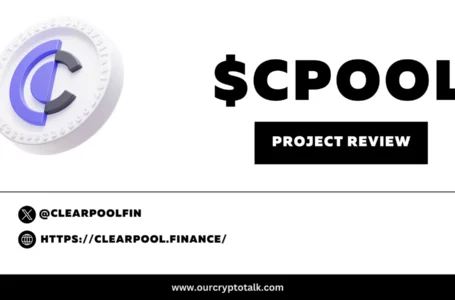
The Radicle (RAD) network is a decentralized platform that empowers developers to conduct peer-to-peer software collaborations. The network leverages a variety of open-source codes and a blockchain-based tech stack which enables developers to create permissionless Dapps in a more efficient manner. Notably, the platform continues to see growing adoption due to the time and money it saves developers across the sector.
History of Radicle (RAD)
The Radicle (RAD) concept took flight in February 2018. The network was founded by two developers by the names of Alexis Sellier and Eleftherios Diakomichalis. Their goal was to create a more sustainable and democratic way to fund open-source public software protocols.
What Problems Does Radicle (RAD) Attempt to Fix?
The development team behind the Radicle (RAD) platform sought to create a self-sustaining, global, and permissionless network as a means to combat multiple issues in the market. Primarily, the protocol helps to promote further blockchain integration. The network enables programmers to create and anchor projects to the Ethereum blockchain. It also simplifies the most common tasks including smart contract management and access control features.
High Fees
High fees continue to be a major problem for Ethereum developers. The technical structure of the network is set up in a manner that congestion directly equates to higher transaction and processing fees. In the past, these systems helped to reduce spam posts.
However, as the most recent round of congestion isn’t spam-related, but rather, an influx in DeFi platforms, the high fees have had a negative effect on the platform. Radicle (RAD) introduces a new system that helps to reduce fees for users and developers who interact with the network’s smart contracts. Additionally, there is never a membership or subscription fee users need to pay to enjoy these benefits.
Benefits of Radicle (RAD)
There are some really cool benefits that Radicle introduces to the market. For example, it enables developers to share codes without a third party. Enabling true peer-to-peer collaboration helps to drive innovation and improve the overall user experience across the market.
Open-Source
One of the core components of Radicle is its focus on all things open source. The entire platform was built using open-source code as well. Open source projects are recommended over their closed counterparts for many reasons. Primarily, it’s because open-source projects allow the community to vet their protocols to ensure there are no weaknesses, errors, or funny business going on behind the scenes.
How Does Radicle (RAD) Work?
The Radicle (RAD) network lives atop the Ethereum blockchain. The protocol enables developers to create and integrate decentralized organizations and digital tokens in a secure and efficient manner. The platform combines open-source coding, community-led governance, and a self-sustaining network for software collaboration.
Radicle Orgs
Radicle Orgs allow multiple people to manage a group of projects. They empower communities that utilize Radicle’s unique features. The protocol encourages developers to create decentralized groups. Notably, there are a lot of tutorials on deploying Radicle Orgs for your DAO or development team. There are also modules and other pre-coded features that improve your success rate.
Radicle (RAD) – Attestations
Users can link their Radicle Identities to their Ethereum addresses directly using the attestations system. The goal of this protocol is to provide a global namespace to improve discovery. Radicle users can send their Radicle ID rather than their ETH account and add another layer of protection to their transactions.
Git
Radicle was built to improve Github’s collaboration features. The network takes advantage of the largest developer community in the world and adds new options such as peer-to-peer discovery to the equation. Additionally, the open-source nature of the project empowers programmers to make new interfaces and ways of interacting with Radicle’s combination of helpful features.
Radicle Link
The Radicle Link protocol is one of the core components of this network. This standard for code collaboration enables decentralized sharing without sacrificing security. Radicle Link is vital to the functionality of the platform as it helps to ensure the network retains its decentralization.
RAD
The RAD token operates as the main governance and utility token for the network. RAD is an ERC-20 token that resides on the Ethereum network. It serves a variety of purposes. For example, you can send RAD globally in seconds. You also must hold RAD to participate in the voting features of the network or to interact with smart contracts.
Radicle (RAD) – NFT Support
The Radicle (RAD) Network offers DeFi and NFT users some features that are sure to spark interest. For example, the network supports the creation, issuance, trading, and management of NFTs (non-fungible tokens). NFTs are digital assets that can represent a unique asset in either the virtual or real world.
NFTs are quickly becoming the rising star of the DeFi sector. There are currently NFTs worth millions of dollars. These tokens are now more common than ever in the gaming and art world. Radicle’s developers can use NFTs for multiple services including the ability to fund new communities, sponsor initiatives, and as exclusive membership passes.
Final Word
The developers behind the Radicle (RAD) project seek to make software creation more open and affordable. The network’s unique capabilities enable anyone to join forces with other developers in a direct peer-to-peer fashion. This approach reduces costs and improves transparency across the market.
These features combined with the ability to easily pin new applications to the Ethereum blockchain make Radicle a smart alternative for anyone seeking to create robust decentralized applications. For these reasons, Radicle is set to see continued adoption moving forward as more developers get hip to its excellent feature set.



















